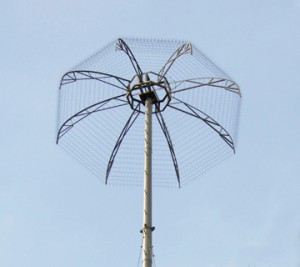Grouch
Senior Member
- Location
- New York, NY
What's the difference between a lightning protection system versus a lightning prevention system? I've heard it several times, but can't find good definitions for it... is it in NPFA 780?
aah ok. That's what I was missing. How do they create this insulation?a prevention system claims to either (1) create enough insulation between the ground and the sky to prevent a strike altogether or (2) redirect charges from an area you do not wish for a strike to occur.
I don't know enough about it to even guess.aah ok. That's what I was missing. How do they create this insulation?
Gather a bunch of rubber tires?I don't know enough about it to even guess.
I do know I wouldn't design a "prevention" system

 www.lightningprotection.com
www.lightningprotection.com
Has a plane ever been set on fire by a lightning strike?No. It is an engineering feat that the lightning hitting the plane and moving along the wing failed to ignite the fuel stored in the wing.
Has a plane ever been set on fire by a lightning strike?
Extremely large farday cage?aah ok. That's what I was missing. How do they create this insulation?
 www.lightningprotection.com
www.lightningprotection.com
In post 11 photo, the lightning hit the plane at one point and exit at another point and that means current flow along the path(s) connecting the two points, damage avoided by extremely short duration of current flow thereby negligible temperature rise.Think of the plane's body as an equipotential bonding conductor.
No voltage difference between points means no current flow.
I'm referring to the entry and exit points being at the same potential eliminating voltage drop.In post 11 photo, the lightning hit the plane at one point and exit at another point and that means current flow along the path(s) connecting the two points, damage avoided by extremely short duration of current flow thereby negligible temperature rise.

